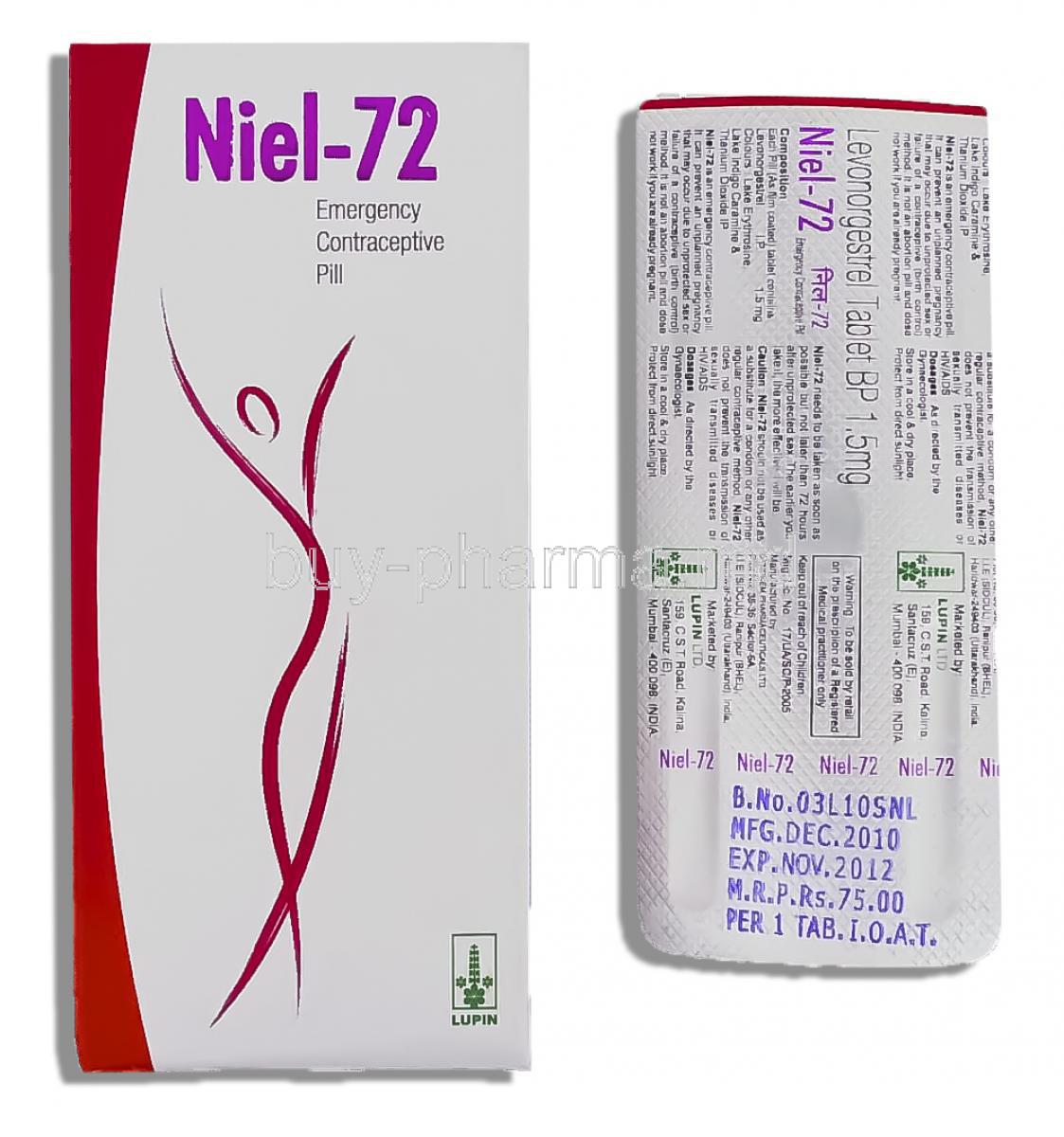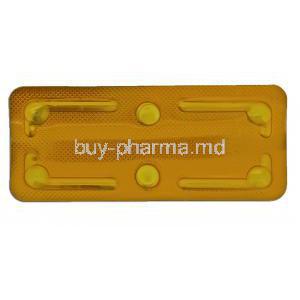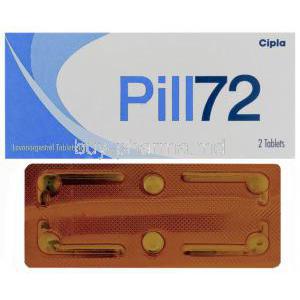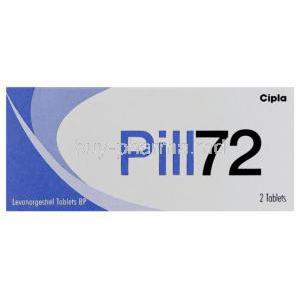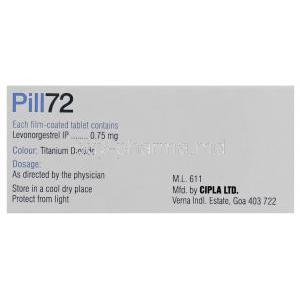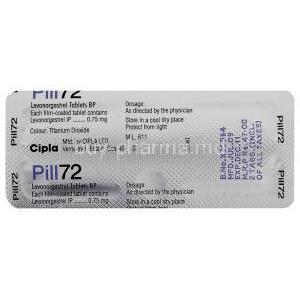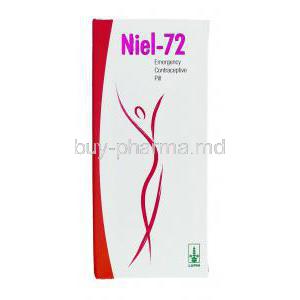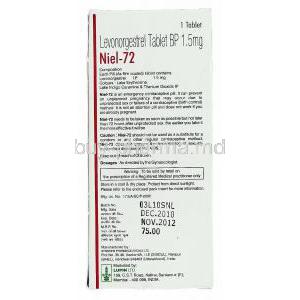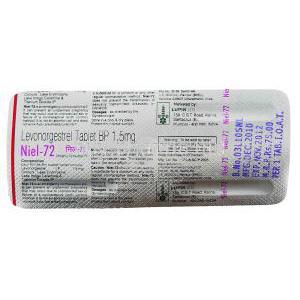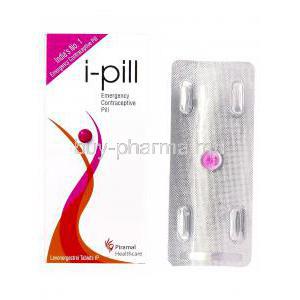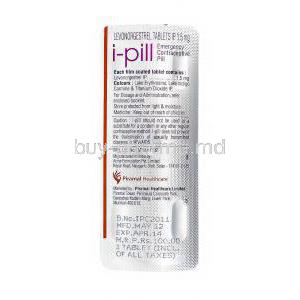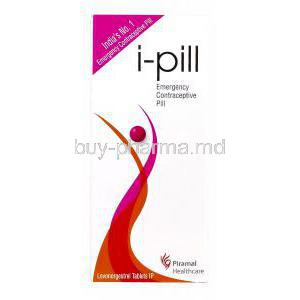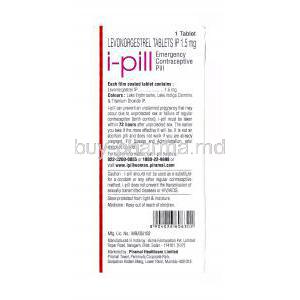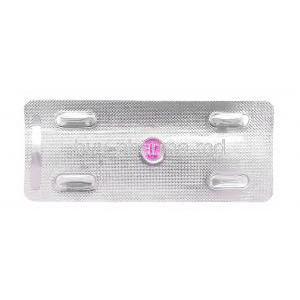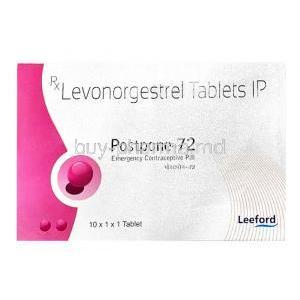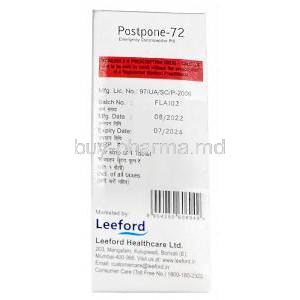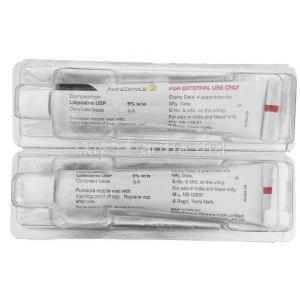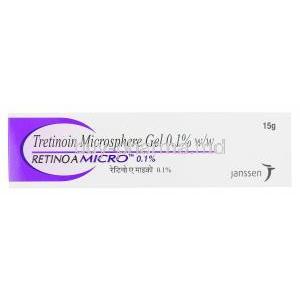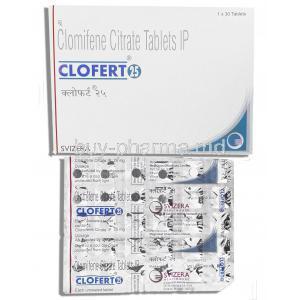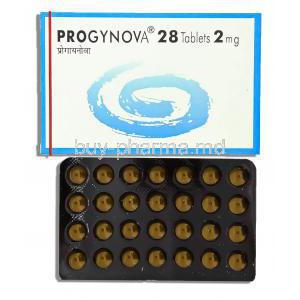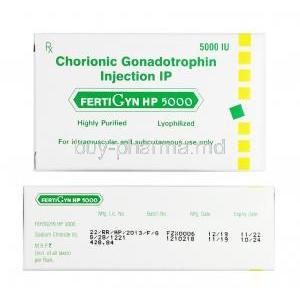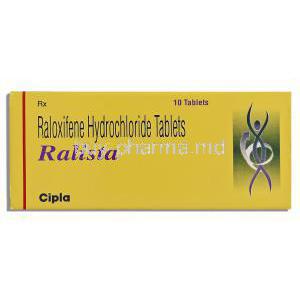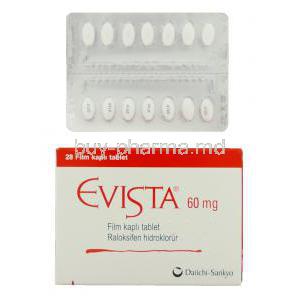Levonorgestrel
- I. Introduction
- II. Uses
- III. How it Works
- IV. Dosage and Administration
- V. Composition
- VI. Side Effects
- VII. Off-Label Use
- VIII. Interactions
- IX. Warning
- X. Contraindication
- XI. Careful Administration
- XII. Important Precautions
- XIII. Administration to Specific Populations
- XIV. Over Dosage
- XV. Storage
- XVI. Handling Precautions
I. Introduction
The historical background of Levonorgestrel traces back to the 1970s when it emerged as a component of combined oral contraceptives. Its impact on medicine was profound, establishing it as a prime example of hormonal modulation. In treatment, Levonorgestrel's role extends beyond contraception and encompasses various areas of healthcare. Its effectiveness in addressing issues and its ability to regulate hormones have made it an essential part of modern therapeutic approaches. From a pharmacological perspective, Levonorgestrel is classified as a derivative of 19 nortestosterones with a molecular formula of C21H28O2. What sets it apart pharmacologically is its affinity for progesterone receptors and its lesser androgenic properties, which contribute to its unique therapeutic benefits.
II. Uses
Emergency contraception; Morning after pill; Regarding reproductive situations, Levonorgestrel is a prime example. The "morning after" pill, which contains Levonorgestrel, protects against pregnancies and offers a solution in case of contraceptive mishaps. Regular birth control; Intrauterine devices (IUDs), and implants; Intrauterine Devices (IUDs); These clever devices infused with Levonorgestrel offer lasting contraception while combining effectiveness with user convenience. Implants; Subcutaneous implants release Levonorgestrel providing a barrier against contraception and reducing the need for daily oral dosing. Hormone replacement therapy (HRT); Benefits and considerations; Beyond contraception, Levonorgestrel plays a role in hormone replacement therapy. It helps balance estrogen levels in women, alleviating symptoms that strengthen skeletal integrity and reduce the risk of endometrial hyperplasia. However, weighing these benefits against iatrogenic effects is essential when considering an individualized treatment approach.
Levonorgestrel: MedlinePlus Drug Information 1; Levonorgestrel - Wikipedia 2 Levonorgestrel - Wikipedia 2 Treatment of menopausal symptoms with hormone therapy 3; Levonorgestrel - Wikipedia 2; Estradiol And Levonorgestrel (Transdermal Route) - Mayo Clinic 4
III. How it Works
How Levonorgestrel works on the endometrium and ovulation is quite fascinating. It plays a role in preventing ovulation by suppressing the buildup of luteinizing hormone. At the time, it transforms the uterus lining, making it resistant to embryo implantation. Regarding preventing fertilization, Levonorgestrel creates an environment in the female reproductive system. It increases the thickness of mucus, creating a barrier that prevents sperm from reaching their destination. Levonorgestrel can also impact the cycle when taken over a long period. This may cause changes such as periods or a temporary absence of menstruation (amenorrhea). While these alterations are usually temporary they should be. Occasionally require medical intervention.
IV. Dosage and Administration
Emergency contraception; Recommended dosage and timing; When it comes to emergency contraception, timing and dosage play a role. Taking a 1.5 mg dose within 72 hours after intercourse maximizes its effectiveness in preventing pregnancy. Delaying the intake can reduce its effects. Regular contraception; IUDs, implants, and oral administration; IUDs; Different brands have amounts of Levonorgestrel, usually ranging from 12 to 20 μg per day, providing contraceptive protection for several years. Implants; These implants release a dose of approximately 100 μg/day, gradually decreasing over time while offering protection for a few years. Oral contraceptives; The dosage of contraceptives varies depending on the specific type but typically falls within the range of 100 250 μg per day. Factors influencing dosage; Age, health conditions, etc.; Dosage requirements are not universal. Factors such as age, liver and kidney function, body measurements, and other medications can impact how Levonorgestrel works in the body. Adjustments in dosages may be necessary to ensure both benefits and safety are balanced effectively.
V. Composition
The main active ingredient in contraceptive formulations is Levonorgestrel. It is a progestin known for its effectiveness and potency in regulating hormones, making it a key component in numerous contraceptives. Common ingredients are used as fillers and stabilizers in these formulations; Lactose Monohydrate is commonly used to add volume to the tablets. Magnesium Stearate; It acts as a lubricant, ensuring that the pills are distributed evenly and have quality. Povidone; This synthetic polymer improves the solubility of the drug, enhancing its bioavailability. Starch; It serves as a binder helping to hold all the drug's components. Different brands may have variations in their composition. While Levonorgestrel remains the component, other factors, such as the number of excipients or additional stabilizers, can differ. Some brands may also include ingredients contributing to their unique characteristics within the wide range of contraceptives.
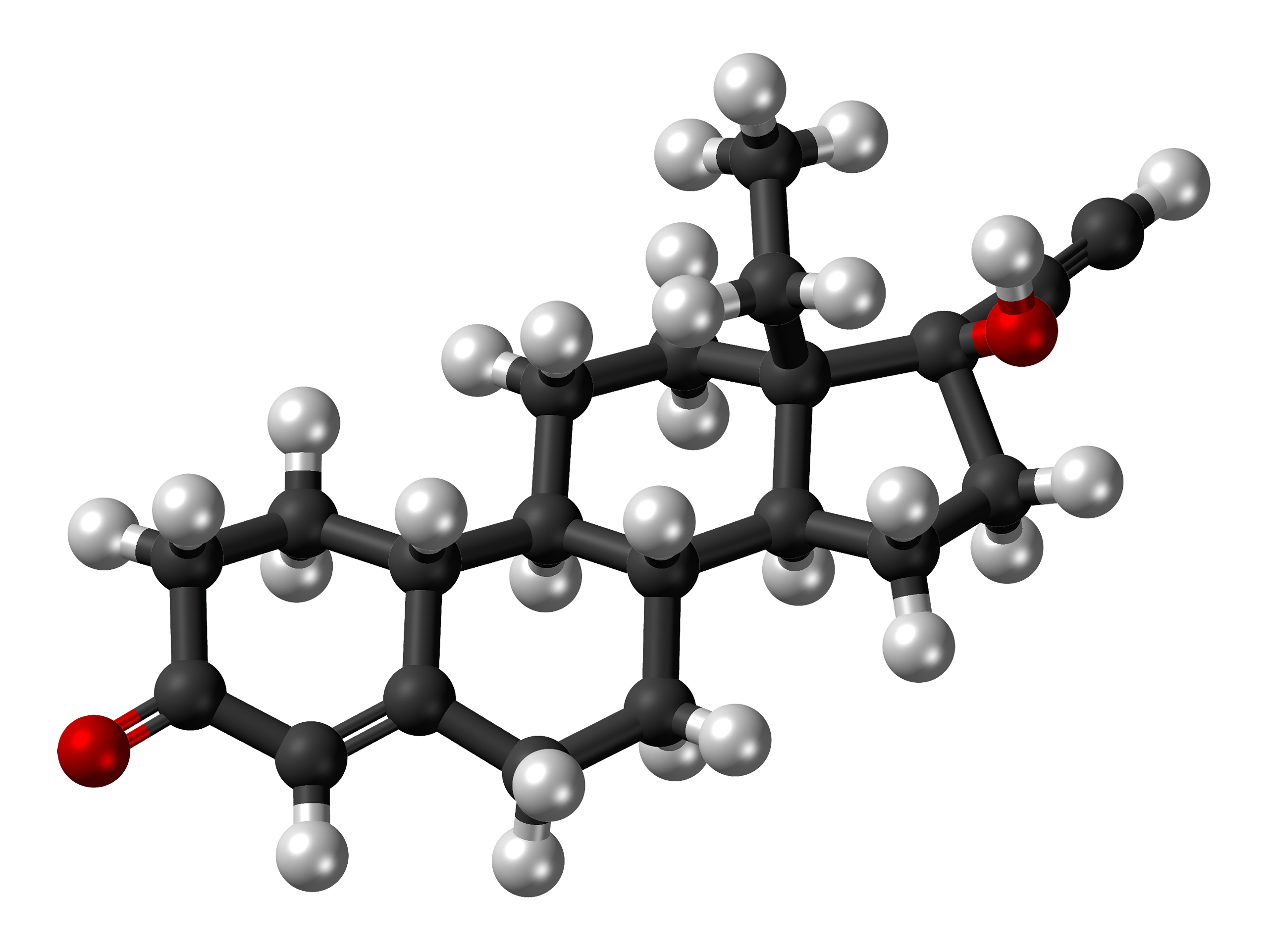
VI. Side Effects
Possible Side Effects Overview; Even though Levonorgestrel is highly effective, it can still have pharmacological consequences. Like an edged sword, while it prevents unwanted pregnancies, it can also lead to various side effects. These side effects can vary from mild and temporary to rare but severe. Experienced Side Effects; Changes in Menstrual Cycle; Some individuals may experience disruptions in their menstrual pattern, including spotting or a significant decrease in menstruation. Feeling Nauseous or Vomiting; Occasionally, the digestive system might react negatively, resulting in feelings of nausea or even episodes of vomiting. Weight Gain and Mood Swings; The hormonal changes caused by Levonorgestrel might lead to weight gain or fluctuations in emotional well-being. Dizziness and Headaches; Some people may experience lived spells of dizziness or varying degrees of headaches. Rare Serious Side Effects; Although these occurrences are uncommon, they require medical attention due to their seriousness. They may include blood clotting events, severe allergic reactions, or significant liver function and enzyme changes.
VII. Off-Label Use
Levonorgestrel, not limited to contraception, has many applications that expand its therapeutic benefits. One of these applications is in managing ovary syndrome (PCOS). When combined with contraceptives, Levonorgestrel helps balance hormones, reducing hyperandrogenism symptoms and regulating menstrual cycles. Levonorgestrel can also be effective in preventing migraines that occur during menstruation. Stabilizing fluctuations, it may provide relief for those who experience migraines tied to their menstrual cycle.
Furthermore, Levonorgestrel proves to be an ally in the treatment of endometriosis. It works by causing the endometrial tissue to shrink, inhibiting its spread outside the uterus. This can help alleviate symptoms and slow down the progression of the disease. In summary, Levonorgestrel's versatility extends beyond contraception as it demonstrates its effectiveness in managing PCOS preventing migraines, and treating endometriosis by addressing hormonal imbalances and controlling tissue growth.
References: 1 PCOS and Hormonal Contraception: A Tale of Two Syndromes? - Relias Media 2 Levonorgestrel Side Effects: Common, Severe, Long Term - Drugs.com 3 Use of a levonorgestrel-releasing intrauterine device (LNG … - Cochrane
VIII. Interactions
When taking Levonorgestrel and medications, it's essential to be cautious of potential interactions affecting its effectiveness. Some antibiotics in the rifamycin class can speed up the breakdown of Levonorgestrel, which may undermine its contraceptive abilities. Medications used for epilepsy management, like phenytoin and carbamazepine, can potentially reduce levels of Levonorgestrel, which could compromise its efficacy. Similarly, specific protease inhibitors used in HIV therapy may interact differently, with Levonorgestrel necessitating dosage adjustments or alternative contraceptive methods. Regarding food and alcohol intake consuming food generally doesn't interfere with the absorption of Levonorgestrel. However, consuming amounts of alcohol might temporarily affect its metabolism without significant clinical consequences. It's worth noting that herbal remedies also have the potential to interact with Levonorgestrel. One prominent example is St. Johns Wort, an antidepressant known for potentially increasing the breakdown of Levonorgestrel and potentially reducing its contraceptive effectiveness. It's essential to remain vigilant when combining this remedy with therapies based on Levonorgestrel.
IX. Warning
The use of Levonorgestrel in high doses or over a long period has been linked to an increased risk of blood clots and cardiovascular problems. These vascular complications, such as vein thrombosis or pulmonary embolism, can have serious consequences. Additionally, cardiovascular issues can occur for individuals who smoke or have a preexisting cardiovascular condition. Prolonged use of Levonorgestrel can lead to decreases in bone mineral density. This is particularly relevant for menopausal women and requires regular assessments of bone density. While chronic administration of Levonorgestrel is effective, it is not without its concerns. In addition to the vascular and skeletal effects mentioned earlier, there may also be risks to liver function changes, lipid metabolism, and even subtle mood alterations.
X. Contraindication
Medical conditions where Levonorgestrel is not recommended should be approached with caution. These include vaginal bleeding, liver disease (especially in chronic or severe hepatic conditions), certain hormone-sensitive cancers such as breast cancer, and individuals with allergies or hypersensitivity to Levonorgestrel or any of its components. In some cases, it is advisable to avoid using Levonorgestrel due to potential exacerbation of symptoms or adverse reactions ranging from skin rashes to severe allergic events.
XI. Careful Administration
Regularly monitoring blood pressure is crucial due to its impact on vascular health. It is essential to assess trends and consider adjusting the dosage or discontinuing the medication. It is also critical to watch for signs of liver dysfunction by conducting liver function tests, which include evaluating ALT, AST, and bilirubin levels. This helps ensure that Levonorgestrel does not cause or worsen any issues. Additionally, it is essential to be mindful of women with a history of depression when prescribing Levonorgestrel. While it does not cause depression, it may subtly affect mood. Therefore it is necessary to remain vigilant and ensure that their emotional well-being remains stable and unaffected by the medication.
XII. Important Precautions
Ensuring timing for emergency contraception is crucial when using Levonorgestrel as an emergency contraceptive. Delaying its administration can significantly reduce its effectiveness in preventing pregnancies. It's essential to follow the recommended timeframe after intercourse. Routine checkups for long-term Levonorgestrel users; Using Levonorgestrel occasionally requires regular medical checkups. These consultations help monitor and manage any side effects, ensuring the treatment remains effective and safe. Regular self-examinations for those using IUDs; For individuals using devices (IUDs) with Levonorgestrel, it is essential to perform regular self-examinations. This helps detect any displacement of the device and ensures that the contraceptive efficacy is maintained.
XIII. Administration to Specific Populations
Elderly; Adjusting medication dosage; adults, who often take multiple medications, may need to adjust their doses to avoid potential interactions and increased side effects. Monitoring for side effects; It is essential to be vigilant for age-related reactions, such as cardiovascular issues or weakened bones. Pregnant Women and Nursing Mothers; Weighing risks and benefits; Finding the balance between therapeutic benefits and potential impacts on the fetus requires careful consideration. Alternatives; If someone has concerns about Levonorgestrel, there are plenty of other contraceptive options to explore. Children; Determining age thresholds for administration; Although it is not typically used in children if it is considered, it should be timed appropriately after menarche (the onset of menstruation). Monitoring growth and development; Regular evaluations help ensure that Levonorgestrel does not disrupt growth or hinder psychosocial maturation.
XIV. Over Dosage
Signs of taking much Levonorgestrel: Consuming excessively can lead to various symptoms ranging from common feelings of nausea to intense dizziness. It may also result in menstrual bleeding or a complete absence of menstruation. What to do if you suspect an overdose; If you suspect that you have taken much, it is crucial to seek immediate medical advice. In some cases, the healthcare professional might recommend lavage or the administration of activated charcoal shortly after the incident. Long-term effects on health; Consistently exceeding the recommended dosage can potentially increase the risk of experiencing events that impair liver function or even lead to subtle changes in mood.
XV. Storage
Temperature and storage recommendations; Levonorgestrel should be kept in a place with a moderate temperature ranging from 15 30°C. It is essential to protect it from sunlight to maintain its stability. Considerations for shelf life; It is crucial to adhere to the expiration date of Levonorgestrel to ensure its effectiveness as a contraceptive. Using it after the expiration date could compromise its reliability. Handling of opened products; Once the package is opened, it is advisable to use it within the specified timeframe for efficacy.

XVI. Handling Precautions
Properly disposing of unused medication is essential for environmental awareness. It's crucial to avoid throwing them in the regular trash as it harms the environment. Instead, it is recommended to use designated drug disposal sites or return programs, which are considered the practice. In case of any spills or breakages, make sure to wear gloves. Gather all the leftover medication while minimizing skin contact and dispose of it responsibly. When traveling or relocating, keeping Levonorgestrel in its packaging is advisable to protect it from extreme temperature changes. Additionally, carrying a copy of the prescription can help facilitate transitions across international borders.

